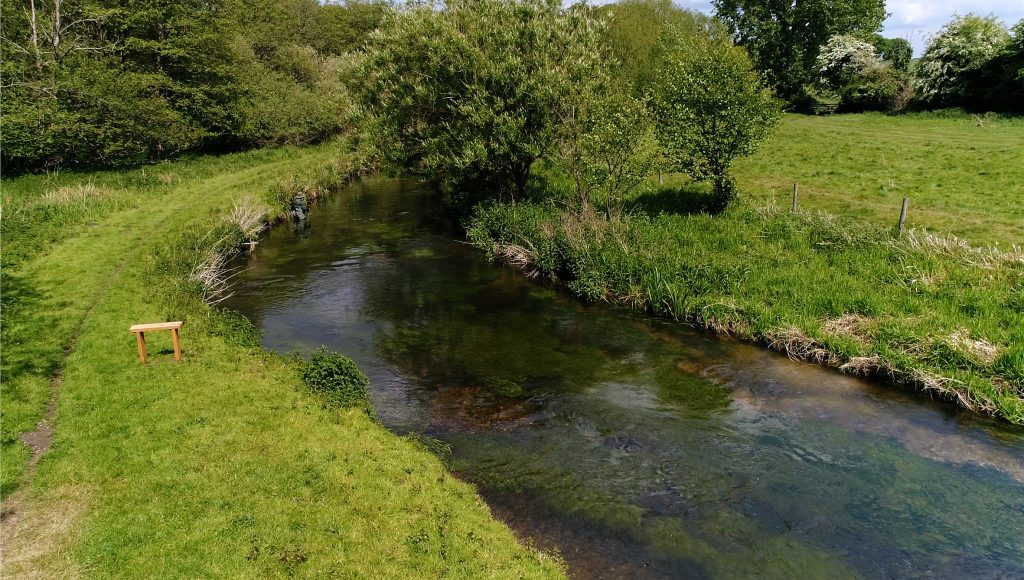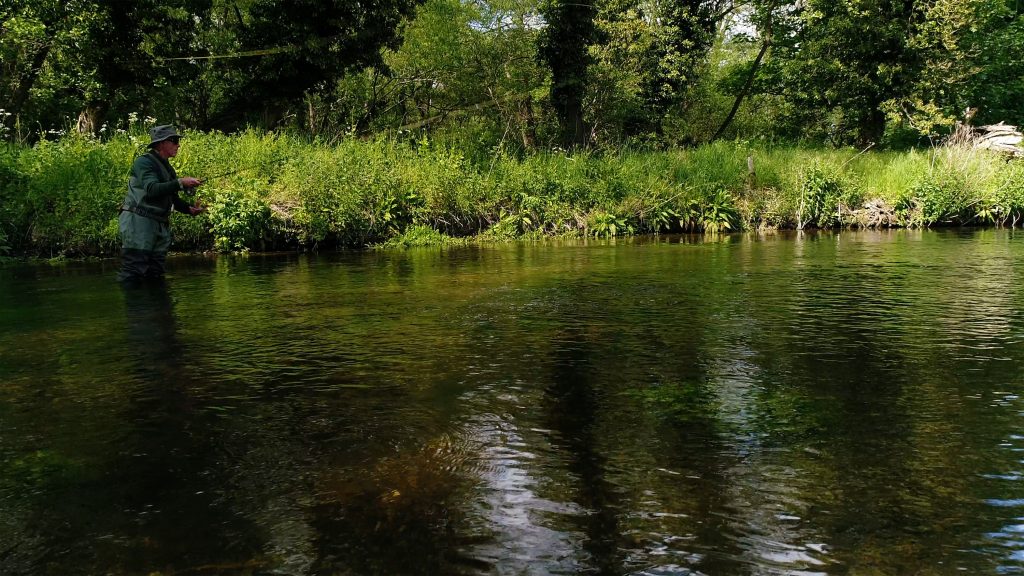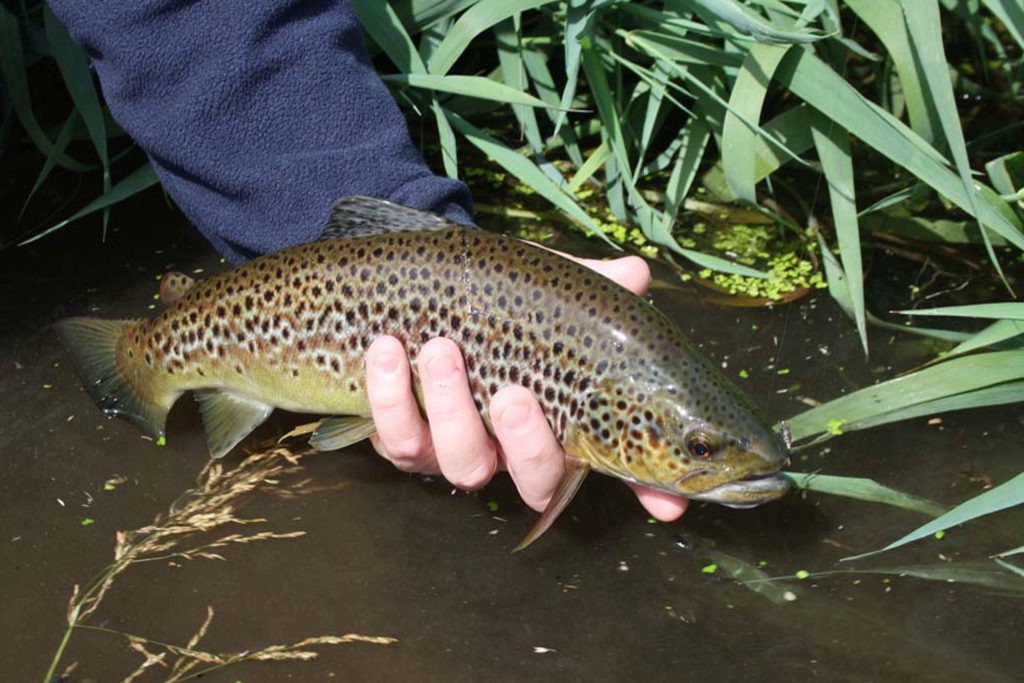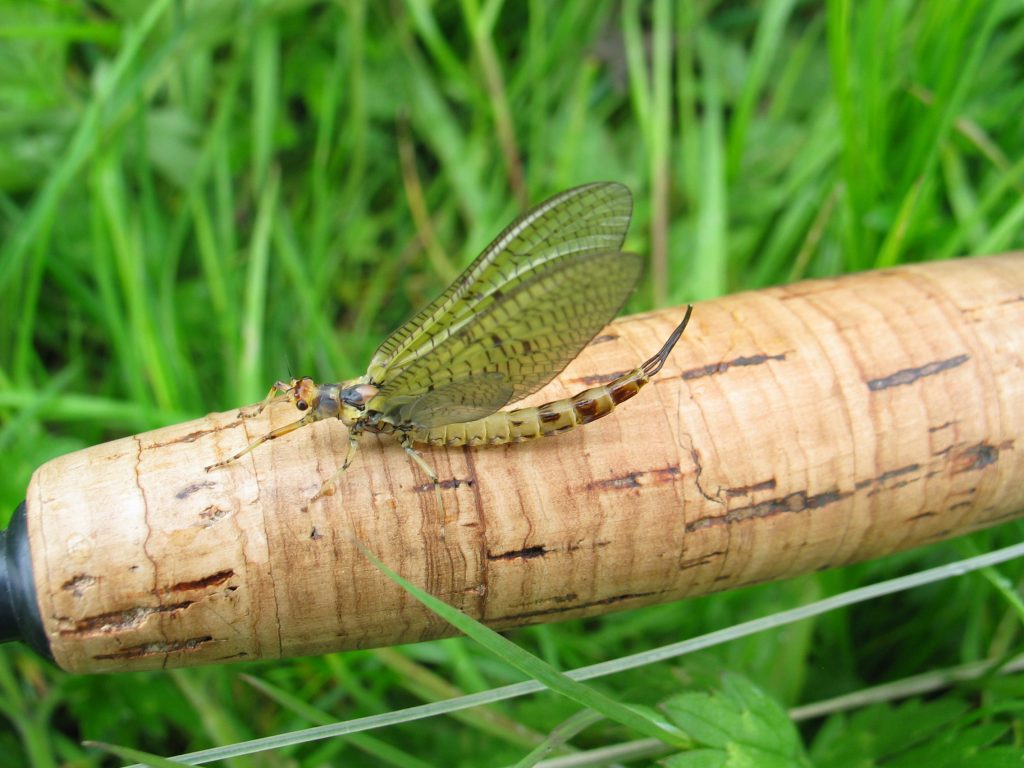The river Wensum is a chalk stream and one of the most important rivers in Europe. The majority of chalk streams are found in England, with only a small number in other parts of the world. The river is designated as a Site of Special Scientific Interest and a Special Area of Conservation, one of a very few chalk streams to have both classifications. It is recognised as a rare and fragile habitat and the members of the Bintry Mill Trout Fishery have worked hard for 40 years to try and ensure its preservation and improvement.

River Maintenance
At Bintry Mill we manage and maintain the three miles of river under our control. This includes carrying out an annual weed cut and carrying out regular river improvement projects to help improve the habitat for the wild brown trout and the various species of coarse fish which also inhabit the river. Our aim is to help maintain and increase the stock of wild fish in this part of the Wensum through a programme of continuous habitat improvement. Over the years many trees have been planted on the river banks to provide shade on some of the open stretches of river and parts of the river bed have been raised and gravelled to increase spawning areas, flow and weed growth. Water flow has been managed wherever possible to maximise habitat and food potential for the inhabitants of the river and its surrounding areas.
Much of the river has been over-dredged and canalised in the past, to the detriment of the fish and wildlife. Our long term aim is to restore as much of it as possible to its original state to increase the habitat value for all the species that call it home. As well as a healthy and growing wild trout population, we have large numbers of waterside birds and mammals which thrive in the abundant vegetation and surrounding woodland. Our monitoring shows dramatic increases in the fry and adult fish population on the newly installed gravel spawning beds and we have identified bed raising as a major benefit to both river flow and wildlife, which is why we have several other projects planned for the future, as and when funds allow.
Unfortunately, there is a significant signal crayfish population in the river now, but they seem to form an important part of the diet of our resident otters, so perhaps it’s not all bad news!
Tree planting
We have recently completed the fencing of several stretches of river bank which had been badly poached by grazing cattle for years. This will now allow us to manage the banks for the benefit of the water and bank voles, as well as initiate a long-planned tree planting programme. A number of areas have been identified for the planting of small copses (away from grazing cattle) and we plan to plant willows and alders wherever possible to maximise shade and insect life. This is obviously a long term initiative, but the club has been maintaining and improving our stretch of river since its beginnings 40 years ago and we intend to continue the process.



Riverfly Census
The Fishery has been working with Salmon & Trout Conservation UK since 2015 on its national Riverfly Census which samples the invertebrates at six sites on the river between Bintry Mill upstream to Doughton bridge. Riverflies and other invertebrates are excellent indicators of the underlying ecological condition of the river.
Our regular surveys show consistently high numbers of Gammarus, Mayfly nymphs and other indicator species.

The river
The Wensum is a chalk stream with SSSI and SAC status and as such is high in habitat value for a large variety of wildlife. We have a long track record of sensitive maintenance and habitat improvement which has resulted, over the past 40 years, in an exceptionally fine stretch of river.